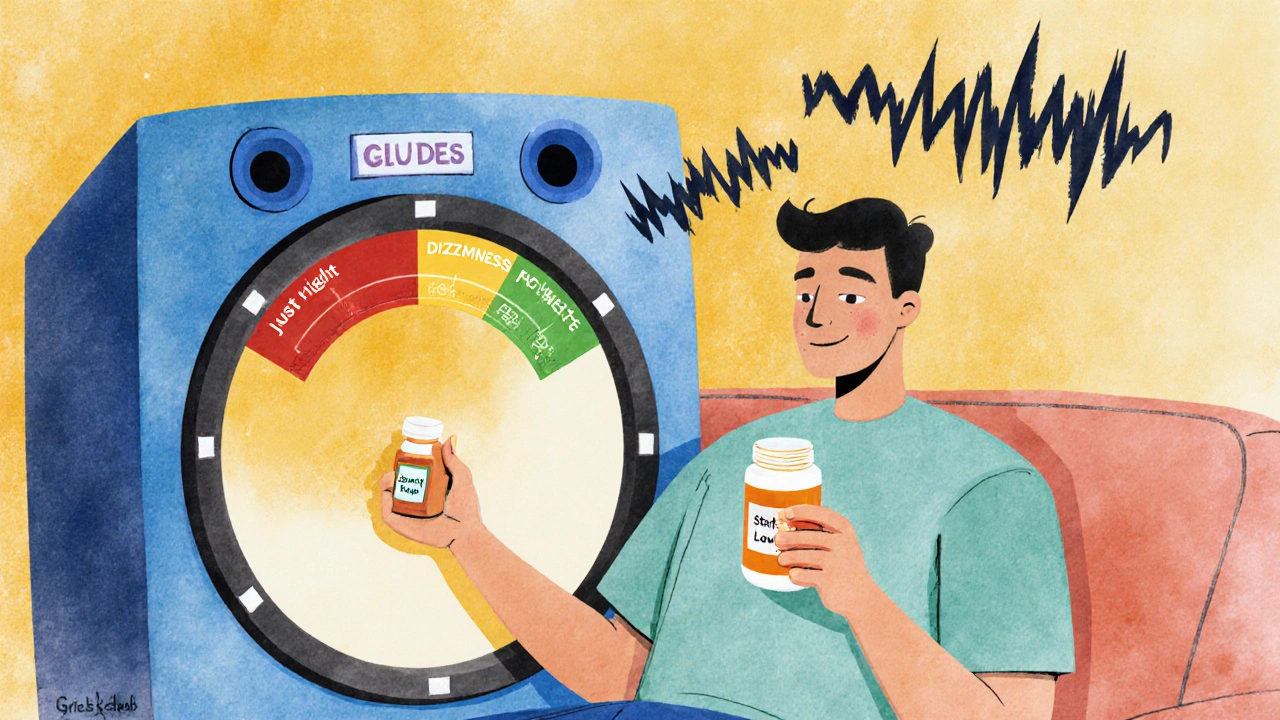When your body changes—whether from age, weight, other meds, or a new condition—your drug adjustment, the process of modifying medication dose or timing to match your current needs. Also known as medication titration, it’s not just about taking more or less—it’s about finding the exact amount that works for you without causing harm. Too little and the drug won’t help. Too much and you risk side effects, toxicity, or dangerous interactions. This isn’t guesswork. It’s science guided by lab tests, symptoms, and experience.
Drug adjustment often happens with therapeutic drug monitoring, the practice of measuring drug levels in the blood to ensure they stay in the safe, effective range. Think of digoxin, warfarin, or lithium—these drugs have narrow windows. A small change can mean the difference between control and crisis. That’s why doctors order blood tests. It’s not routine—it’s lifesaving. And when you switch from a brand-name drug to a generic drug, a chemically identical version approved by the FDA to work the same way, your body might react differently. Not because generics are weaker, but because fillers, absorption rates, or even your gut can shift slightly. That’s why your pharmacist or doctor might watch you closely after the switch.
Drug adjustment isn’t just about pills. It’s also about how food, other meds, or even your liver function change how your body handles what you take. Acid-reducing drugs like PPIs can block absorption of certain antibiotics or antifungals. Decongestants can spike blood pressure if you’re on hypertension meds. Supplements like St. John’s wort can make antidepressants useless—or dangerous. All of these are part of the bigger picture of drug adjustment. You can’t just swap one thing in or out without checking the rest.
Some adjustments are planned—like slowly lowering an antidepressant to avoid withdrawal. Others are urgent—like changing insulin doses when you get sick. And sometimes, it’s just about cost: switching to a generic version of metformin or lisinopril because your insurance changed. But no matter the reason, the goal is the same: keep you safe, keep you healthy, and keep your treatment working.
What you’ll find below are real, practical guides from pharmacists and doctors who deal with drug adjustment every day. Whether you’re flying with liquid meds, switching from Abilify to another antipsychotic, managing Addison’s disease with steroid replacement, or trying to understand why your new generic isn’t working the same, these posts cut through the noise. No fluff. Just what you need to know to talk to your care team, spot red flags, and make smarter choices about your meds.

Dose titration is the proven method of slowly adjusting medication strength to reduce side effects and improve tolerance. Learn how it works, why it matters, and what you can do to make it work for you.
read more